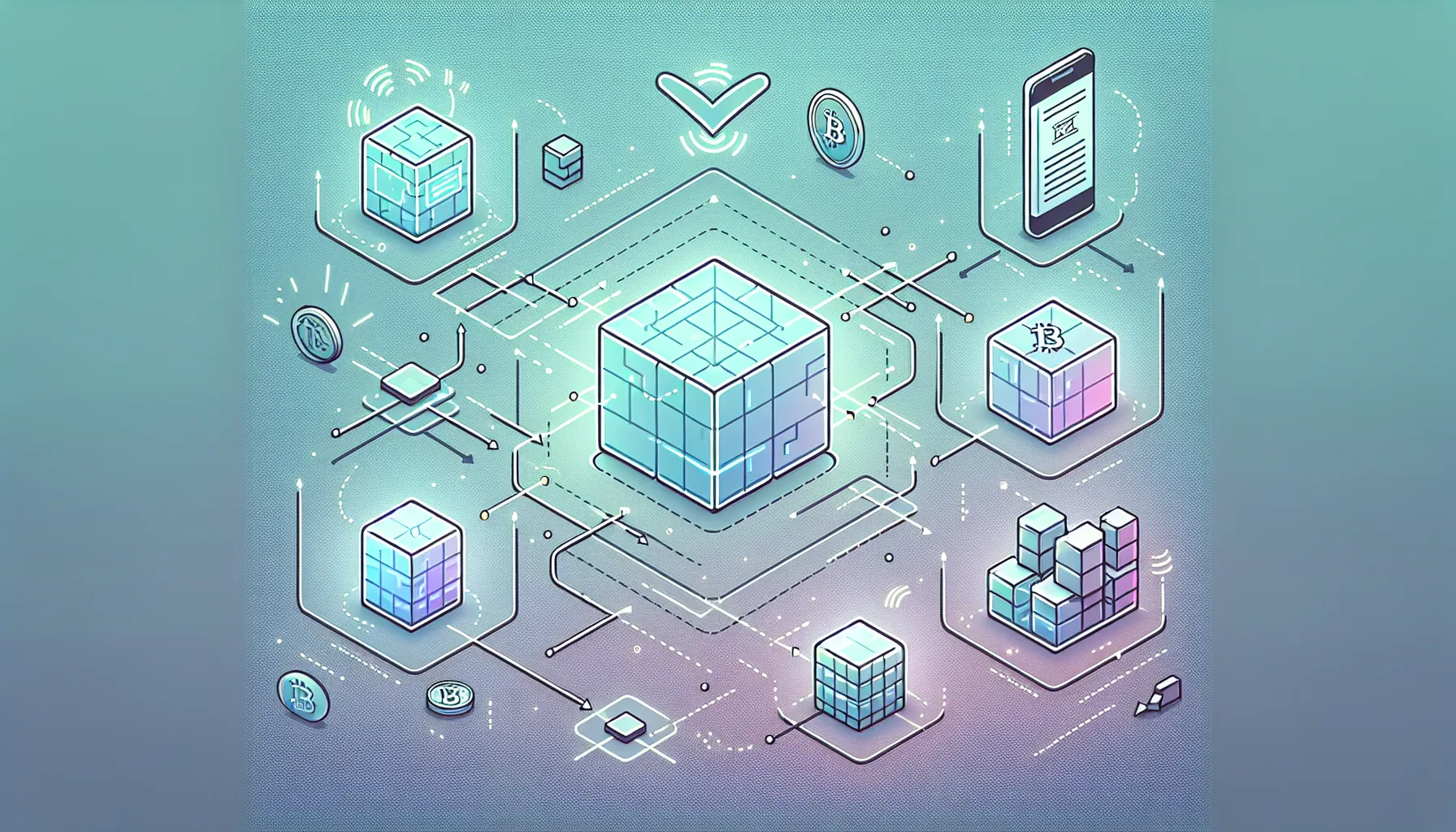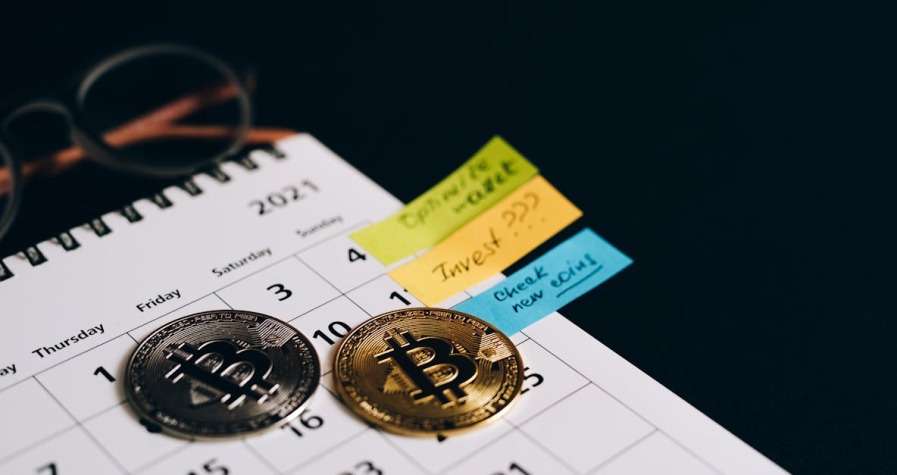Sending cryptocurrency should be straightforward, a few clicks, and the funds are on their way. But what happens when a transaction doesn’t confirm? Hours pass, then days, and that transfer sits in limbo, neither complete nor cancelled. It’s frustrating, especially when time-sensitive payments or trades are at stake.
Stuck crypto transactions are more common than many realise, particularly during periods of high network activity or when transaction parameters aren’t optimally set. The good news? Most stuck transactions aren’t lost forever. Understanding why they get stuck and knowing the right tools to unstick them can save significant time, money, and stress. This guide explains the technical reasons behind stuck transactions and provides actionable solutions tailored to Bitcoin, Ethereum, and other blockchain networks.
Key Takeaways
- Crypto transactions get stuck primarily due to insufficient transaction fees or network congestion, causing them to remain unconfirmed in the mempool.
- Bitcoin users can fix stuck transactions using Replace-By-Fee (RBF) to increase miner fees or Child Pays for Parent (CPFP) to incentivise confirmation.
- Ethereum transactions can be resolved by speeding up with a higher gas price or cancelling via a zero-value transaction with the same nonce.
- Checking transaction status on blockchain explorers like Mempool.space or Etherscan helps confirm whether a crypto transaction is genuinely stuck.
- Preventing stuck transactions requires using recommended fee levels, monitoring network conditions, and enabling RBF when available.
What Does a Stuck Crypto Transaction Mean?

A stuck crypto transaction refers to a transfer that has been broadcast to a blockchain network but remains unconfirmed or pending for an unusually long time. Instead of being included in a block within the expected timeframe, typically minutes for most networks, the transaction lingers in a sort of digital waiting room called the mempool.
Essentially, the transaction exists but hasn’t yet been validated by miners or validators. It hasn’t been added to the permanent ledger, so the funds haven’t moved from the sender’s address to the recipient’s. Users can see the transaction in a pending state when checking a blockchain explorer, but no confirmations appear.
Whilst some delays are normal, particularly when networks are busy, a transaction stuck for hours or days signals a deeper issue. The blockchain hasn’t rejected the transaction outright: rather, it’s simply been overlooked or deprioritised due to various technical or economic factors. The transaction might eventually confirm on its own, be dropped from the mempool after a certain period, or require manual intervention to resolve.
Common Reasons Why Crypto Transactions Get Stuck
Several factors can cause a crypto transaction to remain unconfirmed, ranging from user error to network-wide congestion. Understanding these reasons helps diagnose the problem and choose the right fix.
Insufficient Transaction Fees
One of the most frequent causes is setting a transaction fee that’s too low. Miners and validators prioritise transactions that offer higher fees, as they’re financially incentivised to maximise their earnings per block. When a user sends a transaction with a below-market fee, it’s pushed to the back of the queue.
During quiet periods, even low-fee transactions might eventually confirm. But when the network is busy, they can sit unprocessed indefinitely. The mempool acts like an auction house, those willing to pay more get served first. If someone’s transaction offers only a fraction of the going rate, it risks being ignored altogether.
Network Congestion
High network activity creates fierce competition for limited block space. Blockchains process a finite number of transactions per block, and when demand surges, during market volatility, NFT drops, or large-scale protocol events, the mempool fills rapidly.
Think of it like a motorway during rush hour. Every vehicle (transaction) wants to get through, but the road (block space) can only accommodate so many at once. Transactions with standard or low fees get stuck in traffic, whilst those paying premium fees zoom ahead. Network congestion is especially common on Ethereum and Bitcoin during bull markets or periods of heightened trading.
Incorrect Nonce Settings
On Ethereum and other EVM-compatible chains, each transaction from an address carries a nonce, a sequential number that ensures transactions are processed in the correct order. If a user accidentally sets the wrong nonce, or if one transaction in a sequence gets stuck, all subsequent transactions from that address are blocked.
For example, if transaction nonce 5 is pending with a low fee, transaction nonce 6 can’t be confirmed until nonce 5 is processed. This creates a cascading delay. Wallets usually manage nonces automatically, but manual overrides or software glitches can disrupt the sequence and leave multiple transactions stranded.
Low Gas Limits on Smart Contract Transactions
Smart contract interactions on Ethereum and similar platforms require gas, a measure of computational effort. If a user sets a gas limit that’s too low, the contract execution runs out of fuel mid-process, causing the transaction to fail or remain pending.
Unlike simple transfers, smart contracts can involve complex operations: token swaps, liquidity provision, or minting NFTs. Each step consumes gas, and underestimating the required amount leaves the transaction incomplete. Wallets often suggest gas limits, but users who manually adjust settings risk miscalculating and creating a bottleneck.
How to Check If Your Transaction Is Actually Stuck
Before attempting any fixes, it’s important to confirm that a transaction is genuinely stuck rather than simply taking a bit longer than expected.
The first step is to locate the transaction hash (TxID), a unique identifier generated when the transaction is broadcast. Most wallets display this immediately after sending, or it can be found in the transaction history.
Next, users should paste the transaction hash into a block explorer specific to the relevant blockchain. For Bitcoin, popular explorers include Blockchain.com and Mempool.space. For Ethereum and EVM chains, Etherscan is the go-to tool. Other blockchains have their own dedicated explorers.
Once the transaction is located, check its status. If it shows zero confirmations and has been pending for several hours, or even days, it’s likely stuck. Compare the transaction fee or gas price to the current network average. If it’s significantly lower, that’s a strong indicator the transaction was deprioritised.
Some explorers also display the transaction’s position in the mempool queue or provide an estimated confirmation time. If the estimate is “unknown” or stretches into days, intervention is probably necessary. Conversely, if the transaction shows even a single confirmation, it’s already on its way to being finalised and doesn’t require fixing.
Quick Fixes for Stuck Bitcoin Transactions
Bitcoin offers a couple of well-established methods to resolve stuck transactions, both of which involve adjusting the incentive for miners to include the transaction in a block.
Replace-By-Fee (RBF)
Replace-By-Fee is a protocol feature that allows users to rebroadcast a transaction with a higher fee, effectively replacing the original. If RBF was enabled when the transaction was first sent, many wallets support this by default, the user can create a new version of the same transaction with an increased miner fee.
Miners recognise the replacement and prioritise the higher-fee version, dropping the old one from the mempool. This method is straightforward and doesn’t require creating additional transactions. But, it only works if RBF was signalled in the original transaction. Not all wallets support RBF, so users should check their wallet’s settings or documentation.
To use RBF, the user typically accesses the pending transaction in their wallet, selects an option to “speed up” or “replace,” and sets a higher fee. The wallet handles the rest, broadcasting the updated transaction to the network.
Child Pays for Parent (CPFP)
Child Pays for Parent is an alternative that works even when RBF wasn’t enabled. It involves creating a new transaction (the “child”) that spends the output of the unconfirmed transaction (the “parent”). The child transaction includes a much higher fee, incentivising miners to confirm both the parent and child together to claim the combined fee.
This method is particularly useful for recipients of a stuck transaction. If someone receives Bitcoin in a transaction that’s stuck, they can spend that unconfirmed output with a high fee, prompting miners to confirm the original transaction first.
CPFP does require more technical knowledge and isn’t always supported by beginner-friendly wallets. Advanced users can craft the child transaction manually using tools like Bitcoin Core or Electrum. The key is ensuring the combined fee of both transactions is attractive enough to jump the queue.
Quick Fixes for Stuck Ethereum and EVM Transactions
Ethereum and EVM-compatible chains handle stuck transactions differently, primarily through gas price adjustments and nonce management.
Speed Up Your Transaction with a Higher Gas Price
Most Ethereum wallets, including MetaMask and Trust Wallet, offer a “speed up” feature for pending transactions. This function allows users to resend the transaction with the same nonce but a higher gas price, effectively replacing the original.
When the new transaction with the elevated gas price is broadcast, validators prioritise it over the lower-fee version. The original transaction is discarded, and the higher-fee one takes its place in the queue. This is the simplest and most user-friendly method for resolving stuck Ethereum transactions.
Users should check current gas prices on platforms like Etherscan’s Gas Tracker or ETH Gas Station to ensure the new fee is competitive. Setting it slightly above the current average usually ensures prompt confirmation. Some wallets also offer “fast” or “instant” fee presets that automatically calculate an appropriate gas price.
Cancel and Replace with a Zero-Value Transaction
If speeding up the transaction isn’t desirable, for instance, if the user no longer wants to send the funds, they can cancel it by sending a zero-value transaction to themselves using the same nonce and a higher gas price.
This effectively overwrites the stuck transaction. The zero-value transaction gets confirmed, and the original is dropped from the mempool. The user retains their funds, minus the gas fee paid for the cancellation.
To do this, the user needs to identify the nonce of the stuck transaction (visible in the block explorer or wallet transaction details), then manually create a new transaction with that exact nonce, a destination address they control (often their own wallet), a transfer amount of zero, and a gas price higher than the stuck transaction.
Not all wallets support custom nonce settings, so users may need to use advanced wallet interfaces or tools like MyEtherWallet or MyCrypto. Whilst slightly more complex, this method provides full control and is highly effective for cancelling unwanted pending transactions.
How to Prevent Transactions from Getting Stuck
Prevention is always better than cure, especially when it comes to blockchain transactions. A few proactive steps can significantly reduce the likelihood of a transaction getting stuck.
First, always use recommended or dynamic transaction fees. Most modern wallets suggest fee levels based on current network conditions, typically labelled as “slow,” “average,” or “fast.” Choosing “average” or “fast” during busy periods ensures timely confirmation. Manually setting fees below the suggested amounts to save a small amount can backfire, costing more time and potentially higher fees to fix later.
Second, monitor network congestion before sending important transactions. Tools like Mempool.space for Bitcoin or Etherscan’s Gas Tracker for Ethereum provide real-time insights into network activity and fee markets. If the mempool is heavily congested, it might be worth waiting a few hours or paying a premium fee to avoid delays.
Third, double-check nonce values and gas limits, especially for smart contract interactions. Whilst most wallets handle these automatically, users who customise settings should verify they’re using the correct sequential nonce and a sufficient gas limit for the transaction’s complexity. Overriding defaults without understanding the implications is a common source of stuck transactions.
Finally, enable RBF when sending Bitcoin transactions if the wallet supports it. This simple setting provides a safety net, allowing users to adjust fees if the transaction doesn’t confirm as quickly as expected. It’s a small step that can save significant hassle down the line.
Conclusion
Stuck crypto transactions are an inevitable part of navigating decentralised networks, but they don’t have to be a source of frustration. The vast majority of cases stem from low transaction fees or network congestion, both of which are manageable with the right knowledge and tools.
For Bitcoin users, Replace-By-Fee and Child Pays for Parent offer reliable ways to unstick transactions. Ethereum and EVM chain users can leverage gas price increases or nonce manipulation to speed up or cancel pending transactions. Understanding these methods empowers users to take control rather than waiting helplessly for confirmations that may never arrive.
Prevention, but, remains the most effective strategy. Paying appropriate fees, monitoring network conditions, and verifying transaction parameters before hitting send can eliminate most issues before they start. As blockchain networks continue to evolve and scale, transaction reliability will improve, but in the meantime, knowing how to diagnose and fix stuck transactions is an essential skill for anyone operating in the crypto space.
Frequently Asked Questions
Why do crypto transactions get stuck in the mempool?
Crypto transactions get stuck primarily due to insufficient transaction fees or network congestion. When fees are too low, miners prioritise higher-paying transactions, leaving lower-fee ones unconfirmed. During busy periods, limited block space creates fierce competition, causing standard-fee transactions to remain pending.
How long does a stuck crypto transaction take to confirm?
A stuck crypto transaction can remain pending for hours to several days, depending on network congestion and fee settings. Some transactions eventually confirm when activity decreases, whilst others may be dropped from the mempool after 72 hours or require manual intervention to resolve.
What is Replace-By-Fee and how does it fix stuck Bitcoin transactions?
Replace-By-Fee (RBF) is a Bitcoin protocol feature allowing users to rebroadcast a transaction with a higher fee, replacing the original. Miners prioritise the higher-fee version, enabling faster confirmation. RBF only works if it was enabled when the original transaction was sent.
Can I cancel a pending Ethereum transaction?
Yes, you can cancel a pending Ethereum transaction by sending a zero-value transaction to yourself using the same nonce but with a higher gas price. This overwrites the stuck transaction, and once the replacement confirms, the original is dropped from the mempool.
What is the mempool and why does it matter for crypto transactions?
The mempool is a digital waiting area where unconfirmed crypto transactions are held before being added to a block. Transactions compete for limited block space, with miners selecting higher-fee transactions first. Understanding mempool dynamics helps users set appropriate fees to avoid delays.
How do I check the current network fees before sending cryptocurrency?
You can check current network fees using blockchain explorers like Mempool.space for Bitcoin or Etherscan’s Gas Tracker for Ethereum. These tools display real-time fee markets and congestion levels, helping you set competitive transaction fees to ensure timely confirmation and avoid getting stuck.








